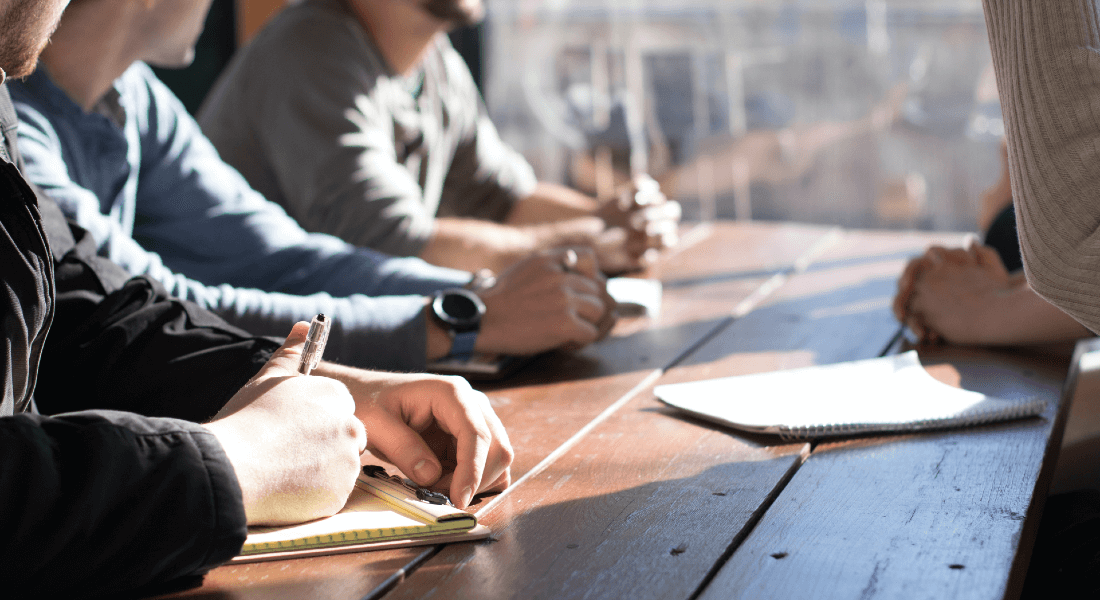Physical meeting in Copenhagen
FutureArcticLives held its first physical meeting and workshop in March 2022. The event was hosted by the Department of Food and Resource Economics (IFRO) at the University of Copenhagen.

A long awaited opportunity to meet the partners in the project
On March 16 and 17 in 2022, FutureArcticLives held its first physical meeting and workshop hosted by the Department of Food and Resource Economics (IFRO) at the University of Copenhagen. This presented a long awaited opportunity to meet the partners in the project that started January 2021 - for some of us for the first time. The meeting had an ambitious agenda (pdf) focused on highlighting options for collaboration within and across project work packages. We spent the first day presenting research plans and ongoing activities in each work package followed by a joint dinner providing opportunity for exchanging ideas between the project partners.
See the combined power point presentations from the workshop (PDF).
Cross-cutting methodological issues, work packages, and joint publications
We started the second day with a discussion of cross cutting methodological issues taking departure in the Greenland case. We then proceeded with brief breakaway discussion between all combinations of work packages focusing on developing plans for joint publications.
These plans are described through extended abstracts in The Proceedings of the First Workshop (PDF).
The workshop ended with a discussion of project management related questions including the possibility of non-financial extension necessitated by the delays brought about by corona pandemic restrictions and finally the project logo. We are therefore happy to present the project logo.
Introducing the project logo
The logo consist of the project name FutureArcticLives with the dot over the I presented as the low arctic sun – imposed on a graph of the annual minimum, arctic sea ice extend from NSIDC/NASA satellite observations for the period 1990-2020. Arctic sea ice reaches its minimum each September and is now declining at a rate of 13% per decade, relative to the 1981 to 2010 average. This graph shows the annual Arctic sea ice minimum each September since 1979, derived from satellite observations. The 2012 sea ice extent is the lowest in the satellite record.
The logo was decided following the physical meeting in Copenhagen. It represents the focus of the project on climate change and its impacts on biodiversity and the welfare of the Arctic peoples that relies on these resources and will this facilitate recognition of the project and its coming legacy.
Topics
Related News
Contact
Martin Reinhardt Nielsen
Associate Professor
mrni@ifro.ku.dk
University of Copenhagen
